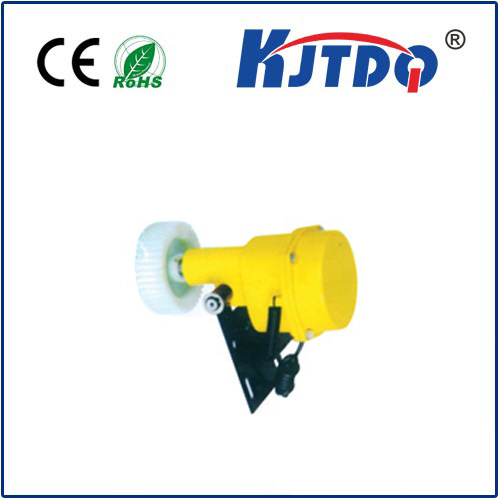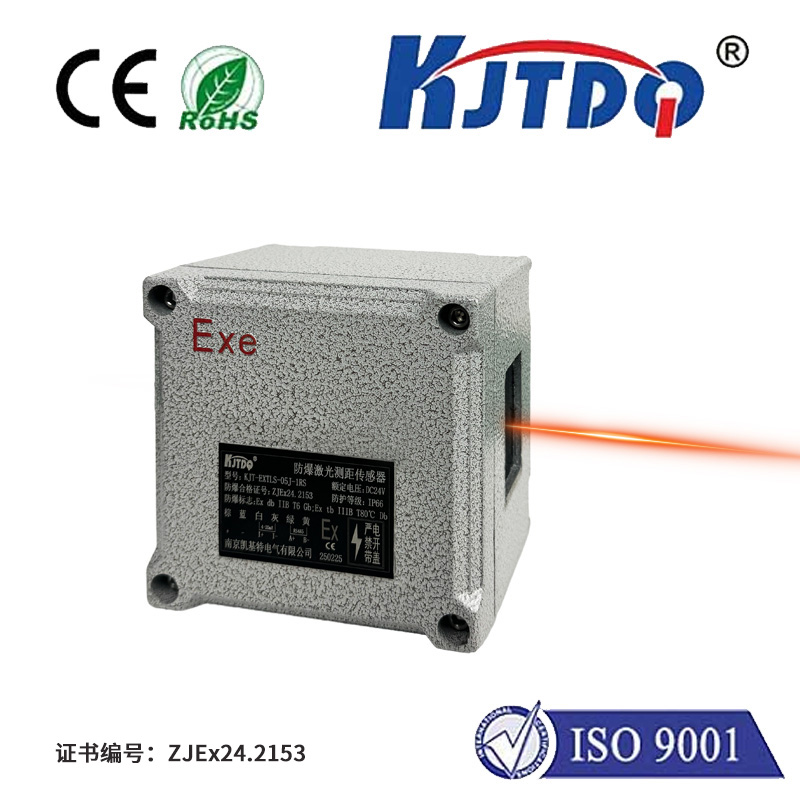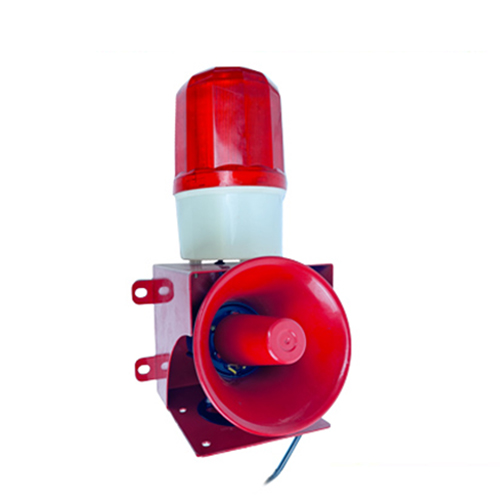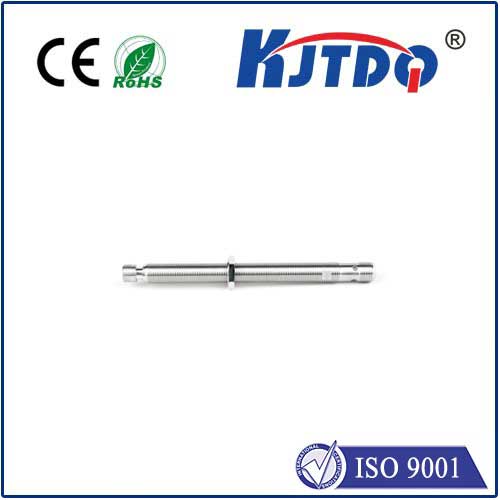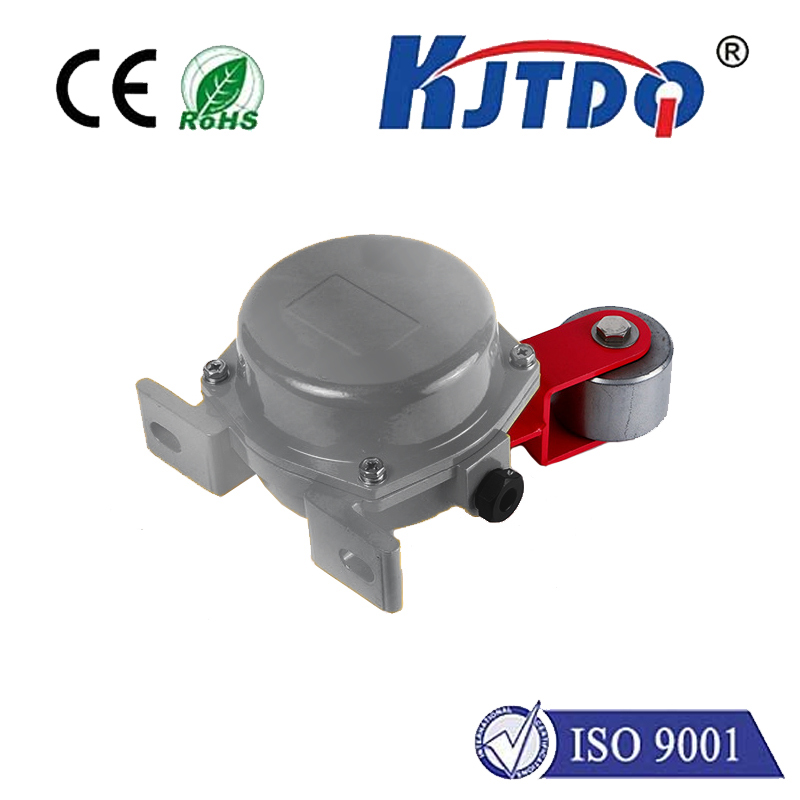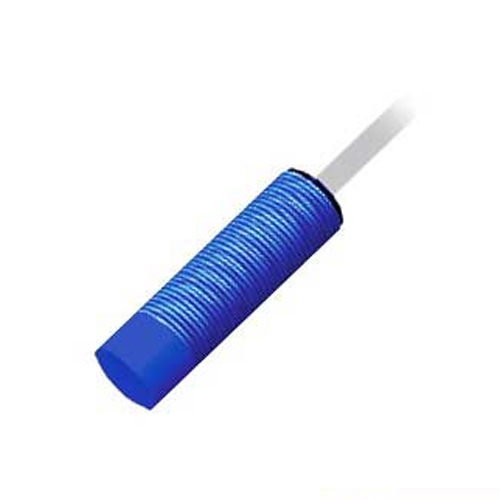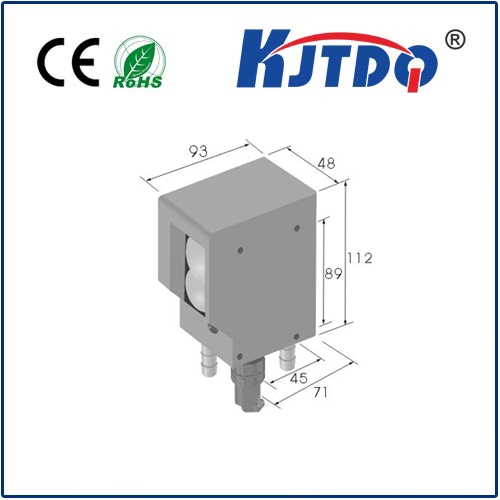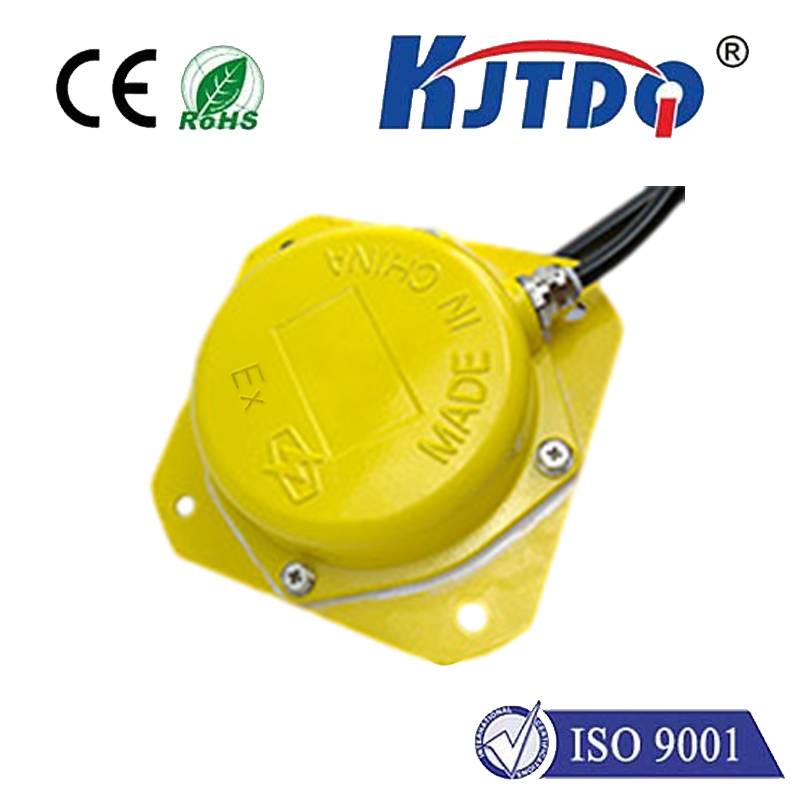2d laser sensor
- time:2025-09-08 15:39:21
- Click:0
Unlocking Precision: How 2D Laser Sensors Transform Measurement and Navigation
Imagine a device that can instantly map the contours of a room, precisely measure the position of objects on a fast-moving conveyor belt, or enable a robot to navigate safely through a dynamic warehouse – all with the speed and accuracy of light. This isn’t science fiction; it’s the real-world power of the 2D laser sensor. These remarkable devices are the unsung heroes powering automation, quality control, and intelligent systems across countless industries, providing critical spatial data that drives efficiency and innovation.
At its core, a 2D laser sensor is an optoelectronic device designed to capture profile or distance information across a single plane. Unlike a point sensor measuring distance to one spot, or a 3D sensor capturing volume, the 2D laser sensor projects a thin, focused line of laser light onto a target surface. A specialized receiver, typically a high-speed camera or a position-sensitive detector (PSD), captures the reflection of this laser line. By analyzing the deformation, position, or time-of-flight of this reflected line, the sensor calculates precise distance or profile data for every point along that line, effectively generating a dense cross-sectional “slice” of the environment or object in two dimensions (X and Z, typically).

The magic lies in its measurement principles. The predominant technologies are:
- Triangulation: This is the most common method for shorter ranges (millimeters to meters). The laser emitter, receiver lens, and detected point form a triangle. Knowing the fixed baseline (distance between emitter and receiver lens) and the angle at which the reflected light hits the receiver allows calculating the distance (Z-coordinate) very accurately for each point along the line. This method delivers exceptional precision, crucial for tasks like profile inspection or gap measurement.
- Time-of-Flight (ToF): This method measures the time it takes for a short laser pulse (or modulated light) to travel to the target and back. Since the speed of light is constant, the distance can be calculated. While often used in single-point LIDAR, 2D scanner variants using a rotating mirror or polygon rapidly sweep the laser beam to build up a 2D profile over time. ToF excels at longer ranges (meters to tens/hundreds of meters), making it ideal for applications like autonomous vehicle navigation and large-area mapping.
Why are 2D laser sensors so widely adopted? Their advantages are compelling:
- Exceptional Accuracy and Resolution: They deliver micron-level precision in triangulation models or centimeter-level accuracy at longer ranges with ToF, essential for quality control and safe navigation.
- High Speed & Real-Time Data: They capture thousands of profile points per second, providing real-time data for high-speed processes like sorting, robot guidance, or collision avoidance. This speed is unmatched by many alternative sensing technologies.
- Robust Performance: Modern sensors are designed to withstand challenging industrial environments – resistant to dust, vibration, varying ambient light conditions, and even temperature fluctuations.
- Non-Contact Measurement: Measuring without physical touch eliminates wear and tear and avoids damaging delicate objects, a key benefit over tactile probes.
- Rich Profile Data: Unlike simple presence detection or single-point distance, they provide a continuous profile. This allows detection of complex shapes, edges, gaps, height variations, and surface defects.
- Simpler Processing: Compared to complex 3D vision systems, processing a single 2D profile often requires less computational power, making it faster and more cost-effective for specific tasks.
The versatility of 2D laser sensors fuels their integration into countless applications:
- Industrial Automation & Robotics: Essential for object detection, precise positioning guidance for robotic arms (pick-and-place), weld seam tracking, conveyor belt monitoring, and bin picking. They provide the spatial awareness robots need to interact intelligently with their environment.
- Quality Control & Inspection: Measuring dimensional accuracy (height, width, volume), detecting surface defects, checking fill levels in containers, verifying component presence, and inspecting profiles (e.g., tire treads, extruded materials).
- Logistics & Warehousing: Palletizing/depalletizing guidance, container profiling, volume measurement of parcels on conveyors, AGV (Automated Guided Vehicle) navigation and obstacle detection.
- Material Handling: Monitoring stack heights, detecting sheet material misalignment or buckling, and controlling web guiding systems.
- Traffic Monitoring & Security: Vehicle classification, height detection (for bridges/tunnels), perimeter security (detecting intrusions across a virtual fence line).
- Autonomous Vehicles & Mobile Robots: 2D LiDAR scanners (using ToF) are fundamental sensors for simultaneous localization and mapping (SLAM) and real-time obstacle avoidance in AGVs, drones, and autonomous mobile robots (AMRs).
- Access Control & People Counting: Detecting people passing through doorways or specific zones.
Choosing the right 2D laser sensor requires careful consideration of key parameters:
- Measurement Range: The distance over which the sensor can reliably operate.
- Measurement Resolution & Accuracy: The smallest discernible change it can detect and the uncertainty of the measurement.
- Scanning Angle/Field of View (FOV): The angular width of the profile it captures.
- Scan Rate/Profile Rate: How many profiles it captures per second (critical for high-speed applications).
- Laser Class & Wavelength: Safety considerations and performance in different lighting conditions (e.g., blue lasers often perform better in bright ambient light than red).
- Environmental Specifications: IP rating for dust/water resistance, operating temperature range, resistance to vibration.
From ensuring the flawless assembly of complex machinery to guiding robots through bustling factories and enabling vehicles to see the world around them, 2D laser sensors are indispensable tools in our increasingly automated world. Their ability to deliver highly accurate, real-time, and non-contact spatial data across a plane makes them uniquely powerful for tasks demanding precision, speed, and reliability. Whether using triangulation for micron-level inspection or ToF for long-range navigation, these compact yet sophisticated devices continue to unlock new levels of performance and intelligence across diverse fields, proving that seeing the world in just two dimensions is often more than enough.












